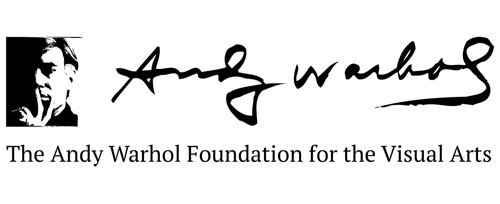Gregg Bordowitz
This is Not a Love Song
February 2 – March 22, 2025
Opening reception, February 2, 2-5pm
Opening Performance, February 2 at 3pm
Gregg Bordowitz is many things: artist, activist, writer, teacher, all in equal measure. This Is Not A Love Song features a mix of new and ongoing series of works in a variety of media including video, text, prints, and sculpture, which date back to the early 1990s. The works’ central themes are identity, illness, activism, and agency.
For over 30 years, Bordowitz has lived with HIV. Born in Brooklyn in 1964, Bordowitz began his studies in art in 1982 at The School of Visual Arts in New York. As a student, he had already begun investigating the relationship between art and politics when the AIDS pandemic began. The crisis transformed his practice as painting and sculpture gave way to video, performance, and eventually writing. Unable to separate art from activism, Bordowitz documented and participated in New York’s ACT UP (AIDS Coalition to Unleash Power) and co-founded the video collectives DIVA TV and Testing the Limits.
Intellectually, Bordowitz is squarely a child of the 1980s, a heady period that gave rise to theory, a catchall academic genre using philosophy, Marxism and psychoanalysis to critique the self, society, and the relationship between the two. Class, race, gender and, last but not least, sexuality were mainstays of the critical theory in which Bordowitz would immerse himself. Since the publication of his first article in a 1987 issue of the journal October, Bordowitz has gone on to publish scores of essays and to become an accomplished poet.
Tellingly, at its center, This Is Not A Love Song features Bougainvillea Calliope, an epic, ten-part poem from his “Debris Field” series. These poems consist of ten-syllable lines of only nouns. In addition to the ten-syllable structure of iambic pentameter, Bordowitz also cites Kabbalist thought (ten emanations of God) and the metric system as amongst the reasons why the number ten “made a kind of elegant and/or rational and spiritual sense” to him.
Bordowitz’s work has always been unabashedly autobiographical. In his AIDS-related videos, the autobiographical is subsumed within the belief-come-mantra that the personal is political. Over the past few years, however, Bordowitz’s Jewish faith—a key facet of the recent work—does not serve to conflate the personal and political as much as it betrays a religious childhood in which he was educated orthodox. But as Bordowitz states, “there has always been Jewish content in my work, in every area, including the videos, as well as the recent performances and book titled Some Styles of Masculinity. In that work, I conjugated Jewish identity with other aspects of myself – queer, pinky-left.” And while his roots are on display throughout the video Before And After (Still In Progress), 2023, which is featured in the exhibition, they are made crystalline in Tetragrammaton, the series of monotypes hung throughout the gallery.
As Bordowitz states, ”the tetragrammaton is an ineffable, unpronounceable four-letter Hebrew word, the name of G-d in Judaism that spells creation into existence daily. It is never uttered and appears only in written form.” The tetragrammaton consists of for letters: yodh, he, vav, and he. Bordowitz writes them over and over, every line drawn from a shape in one of the letters. He makes it a numerologically determined exercise. The result is a dense but lyrical abstraction in which writing and drawing are beautifully and hopelessly enmeshed.
Eight of the Tetragrammaton works are hung on wooden structures identical to tree protectors found throughout New York City. Bordowitz noticed them outside his home in Queens. The Tetragrammaton has deep associations with the tree of life, which is a symbol found not only in Judaism but in myths, cultures and religions throughout human history. Juxtaposing his Tetragrammaton monotypes with the tree protector presented itself as a work of poetry of the highest order, meaning one drawn from daily life.
The AIDS pandemic was and still is a stark social mirror. How did we, as individuals, as friends, as family members, as congregations, as municipalities, states, nations respond? How, if at all, do we care for one another? With or without a pandemic those questions remain. And they are no less urgent now than they were at the start of Bordowitz’s career. Although he chose to title his exhibition after a 1983 song by Public Image Limited, This Is Not A Love Song could also have been titled after Led Zeppelin’s The Song Remains the Same. The tenor of the exhibition, however, is anything but cynical. This Is Not A Love Song is a reflection, a meditation on our capacity for compassion, cruelty and care overlaid with the observation that these things are perhaps connected to spiritual roots that now more than ever are in need of both tending and protecting.
This exhibition was made possible through support from Teiger Foundation and the Andy Warhol Foundation for the Visual Arts.





